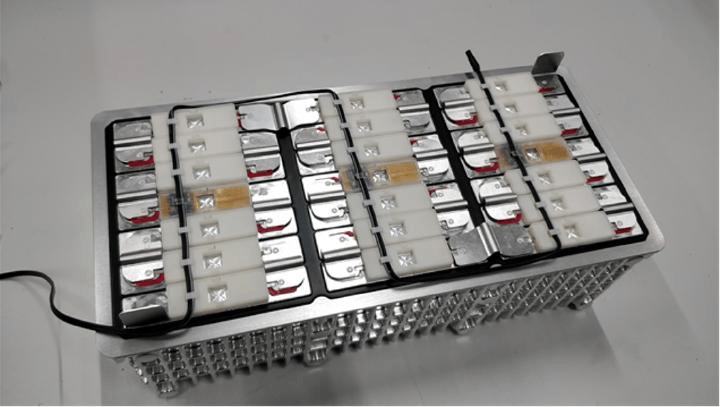
Valmet Automotive has introduced a battery management system (BMS) based on single-cell monitoring. It not only sends the individual cell data wirelessly to the BMS. It creates the data basis for the optimization of resource handling. It also creates the preconditions for smaller energy packs.
“The conventional wired BMS has served the electrification of vehicles very well in the past decade. However, with the growing number of fully electric vehicles, together with the need for greater range and more powerful batteries, the time has come to think hard about developing the BMS further.” That’s what Robert Hentschel says, senior vice president of engineering at Valmet Automotive.
Martin Lenz, Director Electrics/Electronics at Valmet Automotive believes that one of the most important approaches needed for more compact battery packs is a reduction in resource consumption along with higher stability. He believes these can be achieved with the smart single-cell monitoring and near-field communication connection between the battery cells and the BMS master unit.
Martin Lenz: “The wireless data connection eliminates the need for end-to-end low-voltage wiring in the individual cell modules, the cables between the modules, the slave electronics located on the module and the corresponding connector systems.
The costs for the BMS could consequently be reduced by around 25 %. In addition, this type of solution enables access to a large amount of data that is not available using conventional methods.
Martin Lenz: “Previous solutions have shown a sum total measure of current. With this new approach, I can find out the performance of each individual cell. If the electronics are integrated into the cell, it can detect critical states such as excess or low voltages, excess or low temperatures, etc. and store them in a memory log. All in all, the increased amount of data means that a higher degree of safety can be achieved.”
This allows data to be collected for system configuration, performance, further use and recycling over the entire lifespan of the cell.
